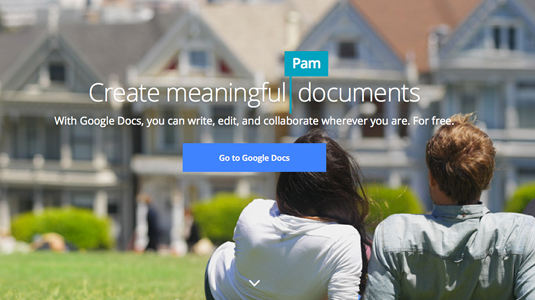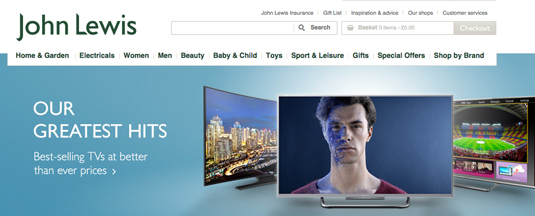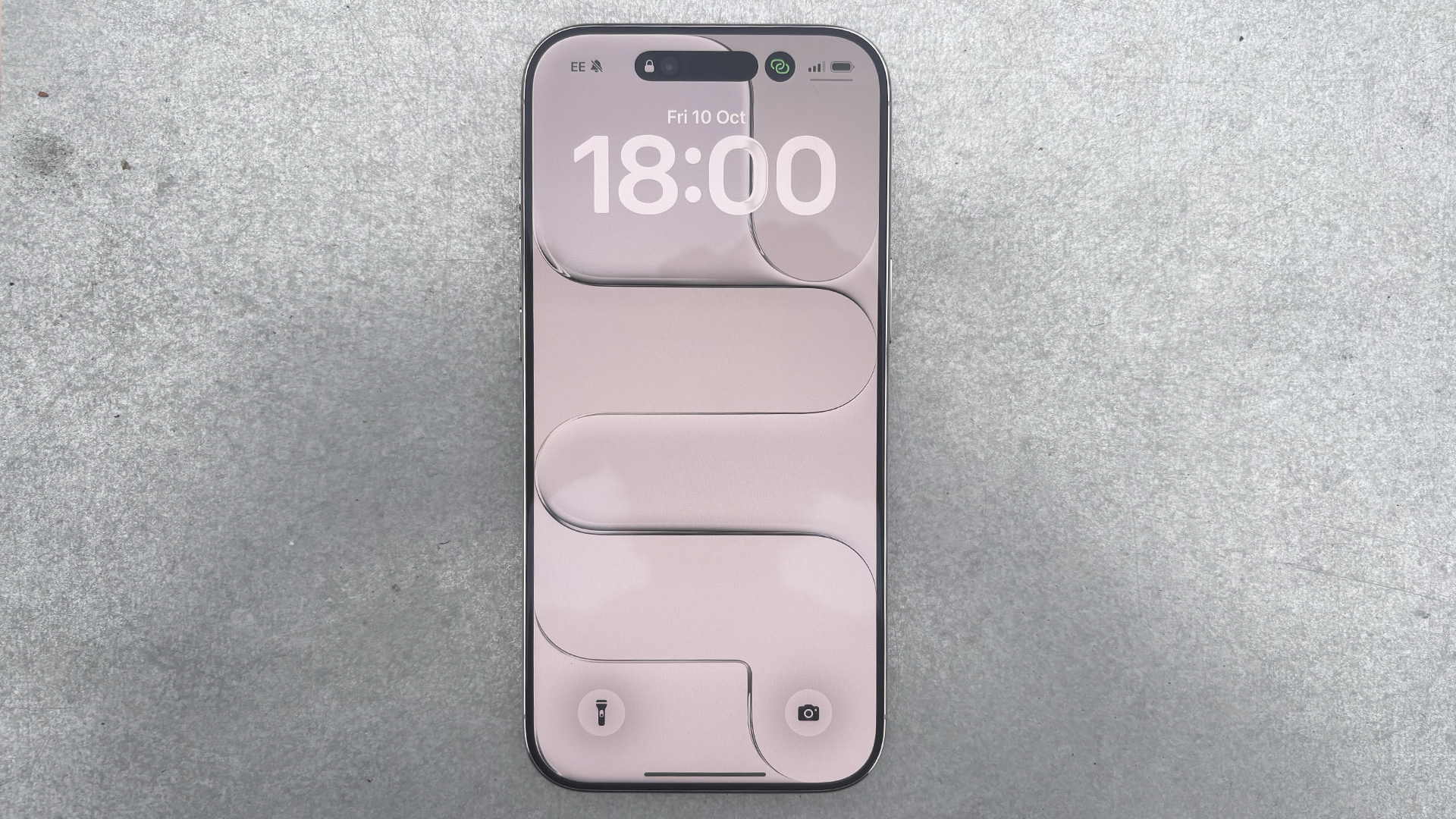How brands can bridge the divide between physical and digital
Today's consumers want to switch seamlessly between devices. Fjord's service design director Daniel Harris explains how to make that easier.

It's now commonplace for people to own an entourage of devices, from smartphones to wearables, all helping us to navigate our way through the day.
We switch across them without even thinking and often expect a seamless experience, whether we're on a bus or inside our homes. An increasing challenge brands are facing is in facilitating a smooth transition between all our devices – and preventing service disruption.
In addition to this, there's an increasing demand for these organisations to ensure a smooth crossover from physical to digital spaces and from online to offline.
But who does this fall to? Typically its designers who are facing the monumental challenge and it's snowballing as we move further into a connected world.
The gap between devices
The concept of finding the gap involves creating a holistic and unified brand experience through and through. So perhaps the biggest gap to address is when consumers switch between devices, moving from online to offline.
As platforms multiply, it is going to be crucial for brands to manage this in a way that offers consumers a continuous experience. The introduction of the Apple Watch could be a tipping point for wrist wearables. The watch will be disconnected from the mobile mother ship from time to time; however, consumers will still expect services to elegantly transition into offline mode even with limited connectivity.

Similar challenges are even starting to affect the car industry. Fjord has worked with a major car company as they work out how the future of the connected car will be affected by intermittent Wi-Fi availability.
Daily design news, reviews, how-tos and more, as picked by the editors.
Users will expect sophisticated services to usher them into offline mode when connectivity fails. They will also expect ride-sharing apps to predict journey length accurately, despite the fact that many real world events, such as accidents or road closures, are not predictable. Designers should therefore plan for the appropriate communication with users where connectivity cuts out and a service is unable to deliver what it promises.
Mobile coverage
A major issue for brands operating in this space is that consumers expect technology to overcome real-world limitations such as incomplete mobile coverage. Google is rising to the challenge in India, a place which doesn't enjoy reliable connectivity. It has said it will provide Indian consumers with an offline YouTube service, allowing them to watch saved videos without being connected to the internet.
Another big challenge is maintaining simplicity for users. One way is to create a system that avoids repetition or unnecessary data entry by learning from a user's input over time. The system could also pick up on changes in circumstances such as bereavement, a change in job or a housing move. Similarly, it could be designed to remember address and credit card information, thereby avoiding repetition of entry into data fields.
Brands leading the way

Which brands are creating experiences capable of transitioning from digital to physical and online to offline? Mubi, Evernote and Kindle all deliver online services also available in offline mode.
Another example is Spotify who in 2014, when the brand added a one-tap option giving its premium customers the opportunity to download their entire library for offline use for up to 30 days. This new offering bridged the gap between online and offline, meaning its content is not just confined to one platform.
Meanwhile UK retailers are managing the gap between consumers' experiences of digital and physical channels with click and collect services, whereby customers do their shopping online and physical stores provide collection points for those items.

Consumers benefit both from the extensive choice online shopping offers and the convenience of collecting the item at a location that suits them. This mitigates the problem of missed deliveries and allows for easy in-store returns. Early signs suggest the strategy is working: Retailer John Lewis found that click and collect buyers spend 3.5 times as much as non-multichannel customers.
However, click and collect services are not without their problems. During Fjord's research into in-store collection, one retailer accidentally gave us the wrong item. When we asked to exchange it, they told us a simple exchange was not possible. They would have to refund the first purchase, which could take weeks, and then put in a new order separately.
This experience underscores both the gap between channels and the challenges of consistency in service delivery.
Spotting the gaps
Minding the gaps in between services is no easy feat for designers, who must be sensitive to these potholes at every point of the service development journey, even beyond the launch. The price to pay for not spotting these gaps in advance of development can be an expensive one.
Magnifying the experience of one customer can be helpful, but not deeply insightful because it's only a single customer's experience. For designers, the trick is to find a healthy balance between an understanding of the archetypes and working around that for customisation.

As designers we need to be in tune with techniques which account for extreme cases of usage in order to search for outlier experiences early on. Bearing in mind that unexpected usage can come both from early adopters (experimenting) and traditional users (doing what they understand in their context).
It's vital that a service blueprint includes analysis of fundamentals that could easily be overlooked like source (and bandwidth) of connectivity and time spent in any given mode.
Designing for experiences that are resilient in the space between physical and digital channels and across devices demands thorough strategic overview and organisational models to make the experience happen. Businesses must take care to fill in the gaps or risk being tripped up and left behind.
Words: Daniel Harris
'Minding the Gap' is one of nine major design and innovation developments identified by experts from Fjord and Accenture that will impact customer experiences in the next 12 months. Learn more about the "Fjord 2015 Trends" at accenture.com/interactive, fjordnet.com and SlideShare.
Like this? Read these!
- Our favourite web fonts – and they don't cost a penny
- Hands-on review: Adobe Illustrator CC
- Photoshop tips, tricks and fixes to try today

The Creative Bloq team is made up of a group of art and design enthusiasts, and has changed and evolved since Creative Bloq began back in 2012. The current website team consists of eight full-time members of staff: Editor Georgia Coggan, Deputy Editor Rosie Hilder, Ecommerce Editor Beren Neale, Senior News Editor Daniel Piper, Editor, Digital Art and 3D Ian Dean, Tech Reviews Editor Erlingur Einarsson, Ecommerce Writer Beth Nicholls and Staff Writer Natalie Fear, as well as a roster of freelancers from around the world. The ImagineFX magazine team also pitch in, ensuring that content from leading digital art publication ImagineFX is represented on Creative Bloq.
